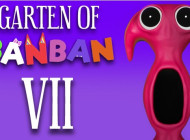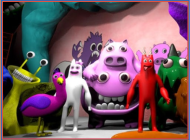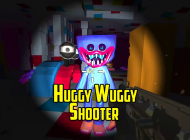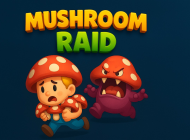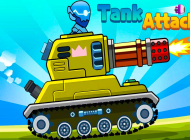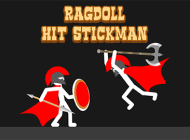Relate Games
Mini Metro
In Mini Metro, your objective is to design and manage an efficient subway system in a growing city. The game presents you with a simple and minimalistic interface where you must connect subway stations using lines to ensure smooth transportation for the city's commuters. Here's a step-by-step guide on how to play and the objectives of the game:
Initial Setup: When you start a new game, you'll be presented with a city map consisting of various shapes representing stations. The stations are represented by differently shaped icons, such as circles, triangles, or squares.
Connect Stations: Your first objective is to connect the stations using lines. To do this, click and drag from one station to another to create a subway line. The lines will start running between the connected stations, transporting passengers.
Manage Passenger Flow: As time progresses, passengers will start appearing at the stations. Each station has a specific shape indicating the type of passenger it attracts. Your goal is to efficiently transport these passengers to their corresponding destination stations.
Upgrade and Expand: As the city grows, new stations will appear, and the number of passengers will increase. You'll need to upgrade your existing lines by clicking on a line and selecting an upgrade option. This can increase the train frequency or capacity, allowing for better passenger flow.
Handle Rush Hours: Rush hours occur periodically, where a massive influx of passengers will flood the stations. You'll need to manage this surge efficiently by adjusting your lines, creating new ones, or upgrading existing ones to accommodate the increased demand.
Manage Limited Resources: In Mini Metro, you have limited resources, such as lines, trains, and tunnels. You need to make strategic decisions on where to allocate these resources to ensure smooth transportation throughout the city. Balancing the use of your resources is crucial for success.
Monitor Station Capacity: Each station has a limited capacity, and if it becomes overcrowded, it will result in delays and unhappy passengers. If a station's capacity is consistently exceeded, you may need to consider adding additional lines or upgrading existing ones to alleviate the congestion.
Adapt to Changes: As the city evolves, new stations will appear, and existing ones may change shape. It's essential to adapt your subway network accordingly, connecting new stations and adjusting lines to accommodate the changes.
Achieve High Efficiency: The ultimate objective is to create an efficient subway network that minimizes passenger wait times, avoids overcrowding, and provides smooth transportation across the city. Aim to transport as many passengers as possible while maintaining a reliable and interconnected system.
Score and Progress: Mini Metro provides a scoring system based on the number of passengers transported. As you progress, you can unlock new cities and modes with different challenges and layouts, adding variety and complexity to the gameplay.
Remember, Mini Metro is a dynamic and evolving game, and each city presents its unique challenges. Experiment, iterate, and fine-tune your subway system to create an efficient network that keeps the city's commuters happy and satisfied.
Good luck, and enjoy managing your own subway system in Mini Metro!
Instructions
using mouse











